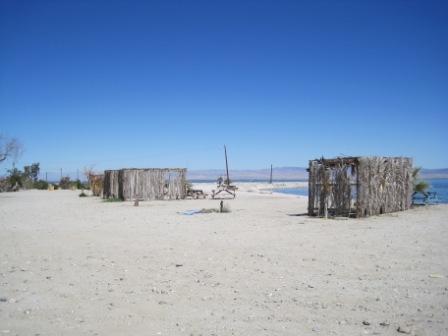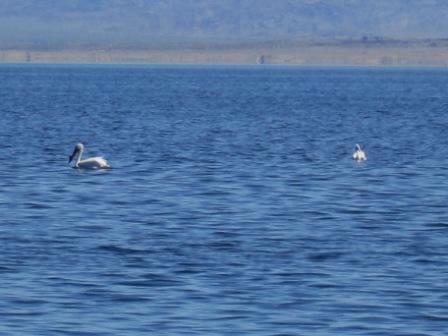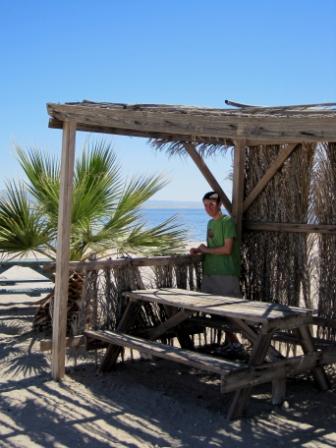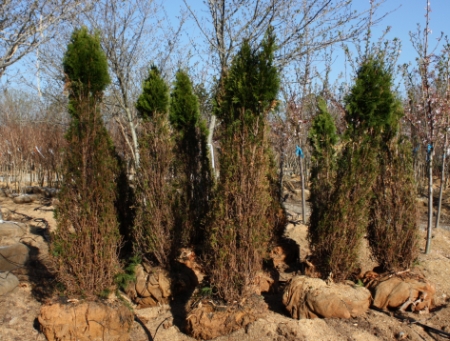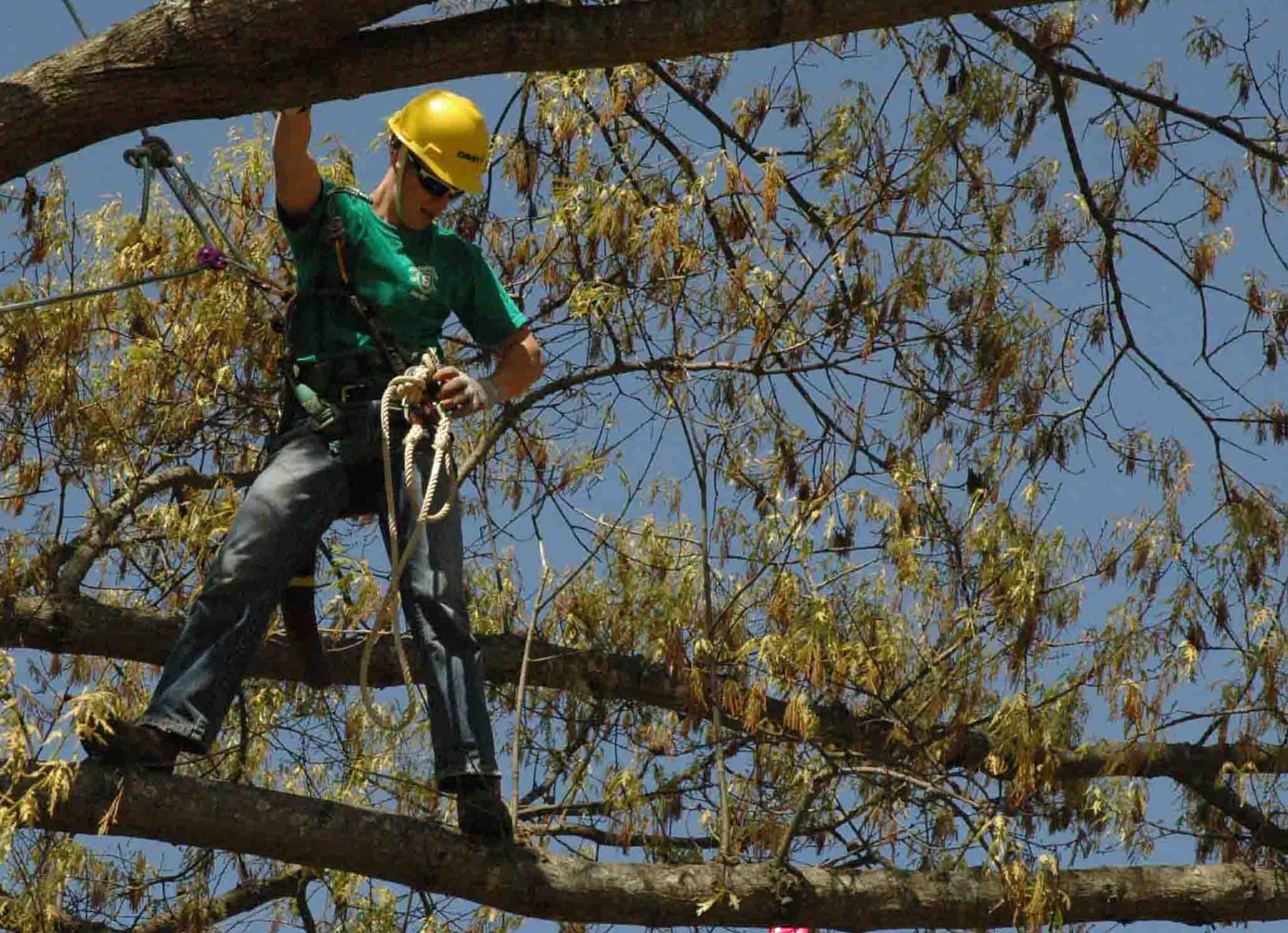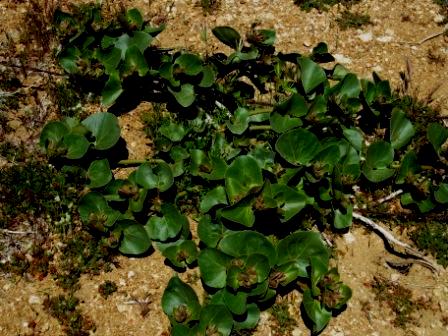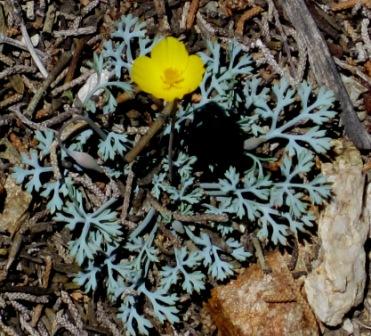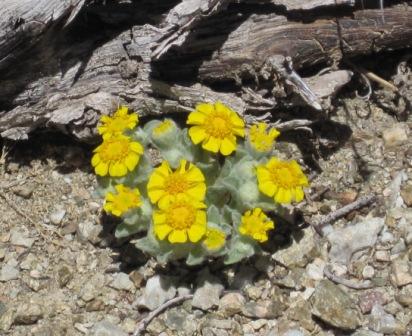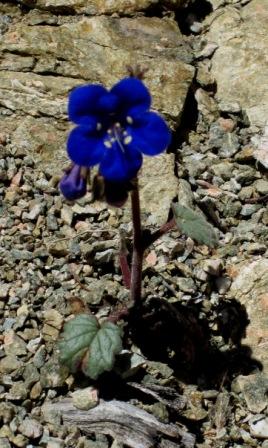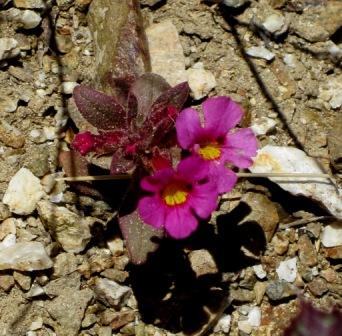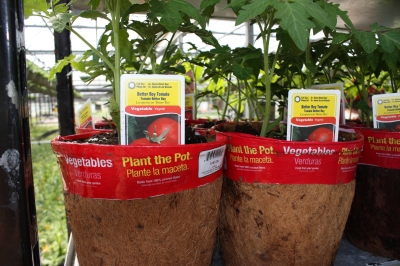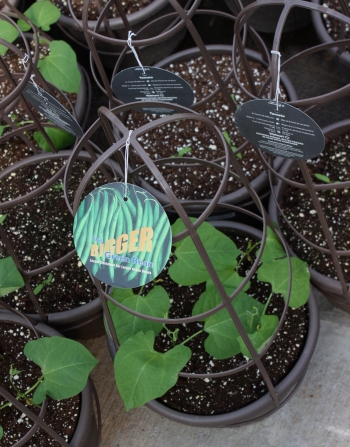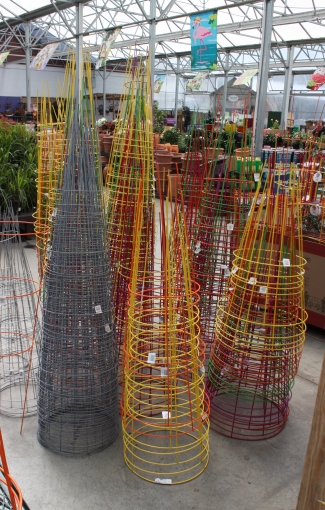
Today I found a cool website – it’s an anagram generator (http://wordsmith.org/anagram/). The title of today’s post is the first of the 553 anagrams generated from the word SUPERthrive.
I’ve been getting free samples of SUPERthrive for a long, long time. For those of you living on a remote desert island, SUPERthrive is a product invented and sold by “Dr. John A. A. Thomson (in 27 different title Who’s Who Directories),” according to one of the promotional flyers. The same flyer features Nick Federoff (“ ‘Most Listened-to’ Radio Garden Expert”), who says of Dr. Thomson “he has saved far more trees than anyone else in the world.”
Space constraints and my patience limit how many of the product claims I can include. Here’s one from the package: “Dozens of the world’s science miracles in each drop!” Well, what are these science miracles? The only identified compounds on the label are Vitamin B-1 (which plants make themselves, and which I’ve written about here), and NAA, an artificial auxin used as a rooting hormone. The rest are mysteriously referred to as “crystalline compounds of C, H, O.”

Since this product has been around since 1940, there should be plenty of documented research on its efficacy. But thorough searches of the plant science databases turned up only two: one on growing hydroponic orchids (where SUPERthrive is used as part of the experimental protocol but not as a treatment) and one on rooting stem cuttings of Intsia bijuga, an Indo-Pacific tree in the pea family. Sadly, SUPERthrive was not as effective in promoting rooting as were traditional rooting hormones (IBA and NAA). An online research report from TAMU found SUPERthrive to have no effect on cotton. Even California Science Fair participant Chingiz R. Bigalimov was disappointed that SUPERthrive did not enhance rooting of narcissus bulbs.
Why would Dr. Thomson, who “by 1979 had received a Ph.D in biochemistry and nutrition, and a Doctor of Arts in biochemistry and horticulture,” claim that SUPERthrive is a “billions-proven extra-life-maker” without the science to back this up? I tried to find more information on Dr. Thomson’s doctoral research at Columbia Pacific University (an unaccredited distance learning school in California), but it had been closed by court order in 2000 for, among other things, failing to employ duly qualified faculty and failing to meet various requirements for issuing PhD degrees.
I think all of us GPs would agree that if you like a product and it causes no harm, more power to you. But please consider these last few caveats, especially if you are a Master Gardener or garden professional:
- There is no established science supporting the use of SUPERthrive;
- NAA is an artificial rooting hormone classified by the EPA as a pesticide, making SUPERthrive an unregistered pesticide. Some states ban the sale of this product.
Think I’ll go play with the anagram maker some more…

